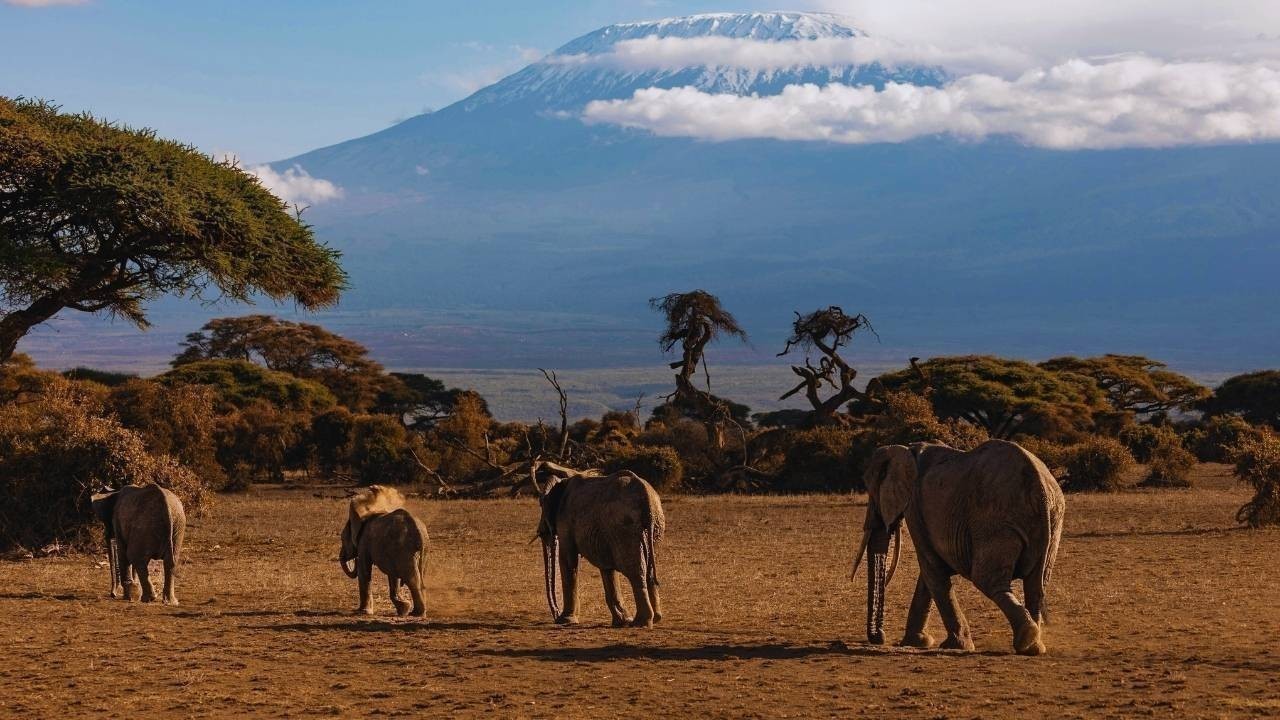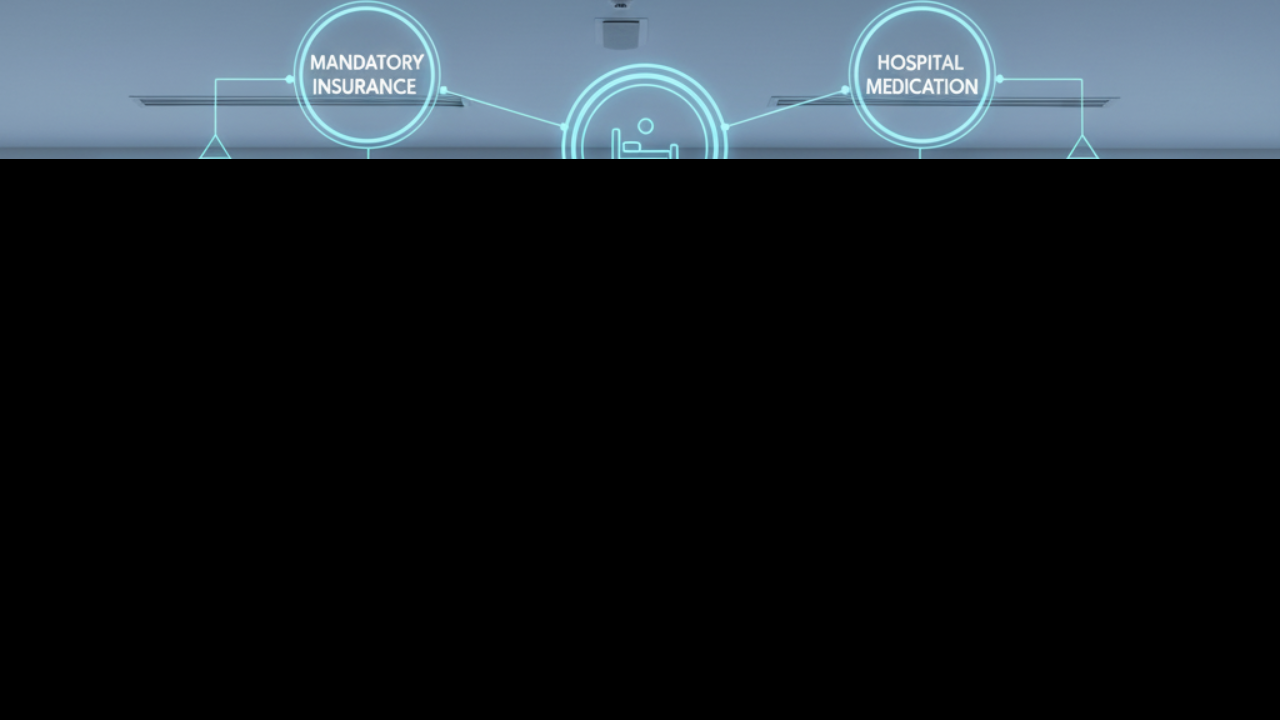
Post by : Anish
Wildlife conservation has traditionally relied on fieldwork, patrolling, and manual data collection to monitor species and protect ecosystems. While these methods have saved countless animals, they are resource-intensive, slow, and often limited in scope. Today, technology is revolutionizing conservation practices. Artificial intelligence (AI) and drones are emerging as critical tools to monitor wildlife, track endangered species, and prevent illegal activities that threaten biodiversity.
This “Conservation 2.0” approach represents a significant shift from reactive to proactive measures. AI can analyze massive datasets to predict animal behavior, identify poaching risks, and monitor ecosystem health, while drones provide real-time surveillance across vast and often inaccessible terrains. Together, these technologies are giving conservationists unprecedented control and insight into the natural world.
AI’s application in wildlife conservation is multifaceted. One of the primary uses is in pattern recognition. Camera traps and satellite imagery generate terabytes of data daily, capturing thousands of images and videos of animals. Manually analyzing this data is nearly impossible. AI algorithms, particularly deep learning models, can automatically identify species, count populations, and even detect unusual behaviors.
For example, machine learning models can distinguish between different species of elephants, tigers, or birds based on their physical features. This automation significantly reduces human error and speeds up the monitoring process. AI can also analyze animal movement patterns to predict migration routes, breeding grounds, or potential threats from habitat encroachment.
Moreover, AI assists in anti-poaching efforts. By analyzing historical poaching data, weather patterns, and animal movement, predictive models can identify high-risk areas. Conservation teams can then focus resources efficiently, conducting patrols where they are most needed. In some regions, AI-powered alert systems send real-time warnings to rangers when unusual activity is detected.
Drones have become indispensable tools in modern conservation. Their ability to access remote forests, mountains, and wetlands allows conservationists to monitor large areas with minimal human presence. Equipped with high-resolution cameras, thermal sensors, and even LiDAR technology, drones can detect animals day and night, regardless of terrain or visibility challenges.
In anti-poaching operations, drones can hover silently over conservation areas, detecting poachers in real time. This capability is crucial for species like rhinos and elephants, which are frequently targeted for their horns or tusks. Drones can transmit live footage to ranger teams, enabling rapid intervention before animals are harmed.
Beyond surveillance, drones are also used in habitat mapping. By generating detailed 3D maps of forests, wetlands, or grasslands, conservationists can monitor environmental changes, track deforestation, and identify areas where human activity threatens wildlife. This data informs long-term strategies, from reforestation projects to sustainable land management.
Several initiatives worldwide showcase the transformative impact of AI and drones in conservation. In Africa, the “Smart Parks” project uses drones and AI to monitor elephant populations and prevent poaching in national parks. Thermal imaging cameras detect the heat signatures of animals and humans, while AI algorithms distinguish between the two to reduce false alerts.
In Asia, tigers in India’s forests are being tracked using camera traps analyzed by AI models. These systems not only estimate population numbers but also detect unusual behaviors that may indicate disease or human interference. In the Amazon rainforest, drones survey vast areas affected by deforestation, helping authorities pinpoint illegal logging activities before significant damage occurs.
Even marine conservation has benefited. AI algorithms analyze underwater footage to identify endangered fish species, monitor coral health, and detect illegal fishing practices. Drones equipped with hydroacoustic sensors survey coastal and river habitats, providing critical data for marine protection efforts.
Despite the promising advancements, integrating AI and drones into conservation faces challenges. High costs remain a barrier, particularly in developing countries where biodiversity is highest. Advanced drones, sensors, and AI software require significant investment, training, and maintenance.
Connectivity is another challenge. Many critical habitats are in remote locations without reliable internet, electricity, or cellular networks. Conservation teams must develop offline-capable AI models and long-range drone communication systems to operate effectively.
Ethical concerns also arise. The use of drones and AI raises questions about wildlife disturbance, data privacy, and the militarization of conservation. Ensuring that technology does not disrupt natural behaviors or ecosystems is critical. Conservationists must balance surveillance with respect for nature.
One of the most innovative applications of AI is in acoustic monitoring. In dense forests where camera visibility is limited, AI systems analyze sounds to detect species presence. Bird calls, frog croaks, and even the footsteps of large mammals can be automatically classified to monitor biodiversity.
AI also enables predictive conservation. By modeling population dynamics, habitat suitability, and climate impacts, AI helps forecast the long-term survival prospects of endangered species. This predictive ability allows governments and NGOs to implement proactive interventions rather than reacting after populations decline.
Another exciting development is autonomous monitoring. Drones equipped with AI can patrol habitats on predefined routes, detecting illegal activity or environmental changes without constant human supervision. This reduces manpower requirements and improves efficiency.
Conservation 2.0 thrives on collaboration. Governments, NGOs, research institutions, and private tech companies must work together to deploy AI and drones effectively. Open data initiatives enable organizations worldwide to share wildlife observations, improving the accuracy of AI models and global conservation strategies.
For example, platforms that aggregate camera trap images allow AI algorithms to learn from diverse ecosystems, improving species recognition across continents. Similarly, drone mapping data can be shared to identify regional deforestation trends or migratory patterns that cross national borders.
Technology alone cannot save wildlife. Engaging local communities remains critical. AI and drones enhance conservation by providing data that empowers communities to protect their natural resources. When local populations understand the importance of monitoring and the role of technology, they become active stakeholders rather than passive observers.
Education programs can train community members in drone piloting, AI data interpretation, and habitat management. By combining local knowledge with technological innovation, conservation efforts become more sustainable and culturally appropriate.
Looking ahead, the potential for AI and drones in wildlife conservation is enormous. Advancements in AI will enable even more precise species identification, behavioral analysis, and habitat monitoring. Drones will become faster, quieter, and capable of longer flights, covering more territory with minimal human intervention.
Integration with satellite imagery, Internet of Things (IoT) sensors, and blockchain technology could provide transparent, real-time monitoring of wildlife and ecosystems. Imagine a global network where endangered species are tracked, poaching is immediately detected, and data-driven interventions are automatically coordinated across borders.
By 2030, AI and drones may not just assist conservation—they could lead a revolution in how humanity interacts with nature. This combination of technology and ecological stewardship may be the key to preventing mass extinctions and protecting the planet’s biodiversity for future generations.
This article is intended for informational and editorial purposes only. While based on ongoing technological advancements in wildlife conservation, it does not represent official guidelines or recommendations. The applications of AI and drones in conservation are subject to ethical, environmental, and legal considerations.

Easy Healthcare Access in UAE Through Top Pharmacies & Apps
Explore the best pharmacies and health apps in UAE 2025. Get medications, book appointments, and acc

Navigating UAE Healthcare Costs: An Essential Financial Guide for Expats
Planning a move to the UAE? Learn to navigate the mandatory health insurance, private vs public hosp

Crucial Updates to Medical Fitness Tests for All New and Renewing UAE Residents
Planning your move to the UAE in 2025? Get the latest on mandatory medical fitness tests, required v

Finding Your Support: A 2025 Guide to Top Mental Health Therapists and Clinics in the UAE
Navigate mental wellness in the UAE for 2025. Discover highly-rated clinics, expert psychologists, a

The Ultimate UAE Heat Survival Guide: 10 Essential Hydration and Lifestyle Secrets
Master the UAE’s hot climate with these 10 proven, human-written hydration and lifestyle tips. Learn

Find Affordable Healthcare Options in Dubai & Sharjah Without Compromising Quality
Discover budget-friendly clinics in Dubai and Sharjah for expats. Get quality healthcare at affordab

Discover the Most Popular Fitness Trends Expats and Locals Are Following in UAE
Explore top fitness trends in UAE 2025 including gyms, yoga, CrossFit, and wellness activities. Stay

Effective Ways to Reduce Joint Pain and Stiffness This Winter
Learn simple ways to reduce joint pain and stiffness this winter with warmth exercises diet tips and

Facial Sculpting and Non Invasive Techniques Safe Beauty Trends for the Future
Explore facial sculpting and non invasive techniques shaping beauty care Safe affordable and natural

Body Positivity Embracing Self Love Confidence & True Beauty
Celebrate body positivity embrace self love reject false beauty ideals and discover confidence at ev

Skin Microbiome Secrets to Healthy and Balanced Skin
Explore the skin microbiome its role in skin health and simple ways to keep your skin balanced healt

Sarcopenia How Aging Steals Muscle and Ways to Stay Strong
Discover sarcopenia the silent muscle loss with age its signs causes and simple ways to stay strong

Cultural Appropriation vs Appreciation Respecting Global Traditions
Learn the difference between cultural appropriation and appreciation to respect traditions and celeb

Uniform and Rebellion How Personal Identity Thrives Within Rules
Explore how uniforms shape identity and spark subtle rebellion blending conformity with personal exp

The Unseen Labor Behind Fashion Inside the Secret Stitch
Discover the hidden world of fashion labor and the secret stitch behind every garment Honor the hand